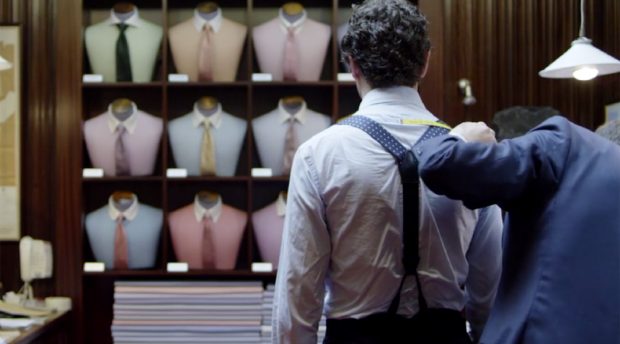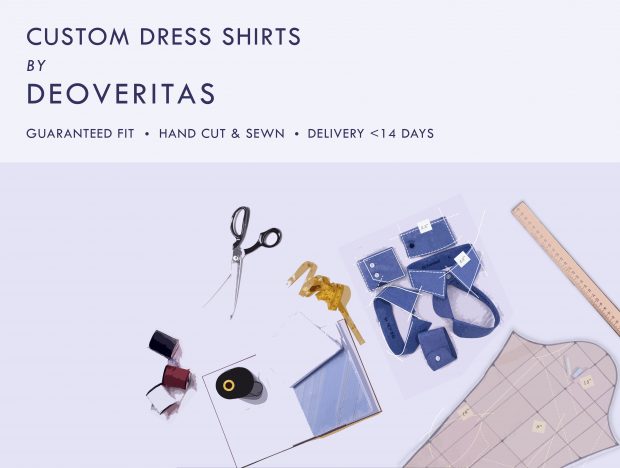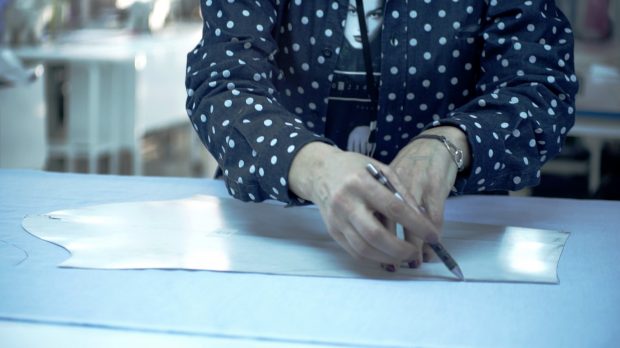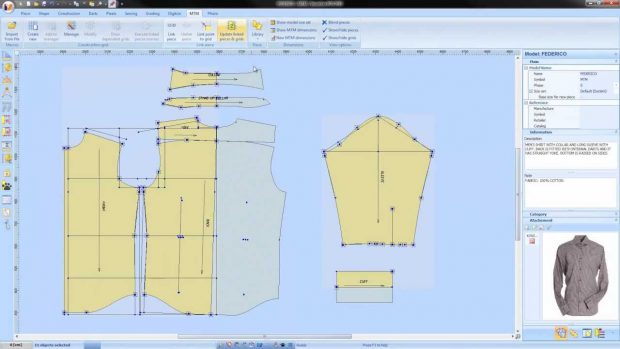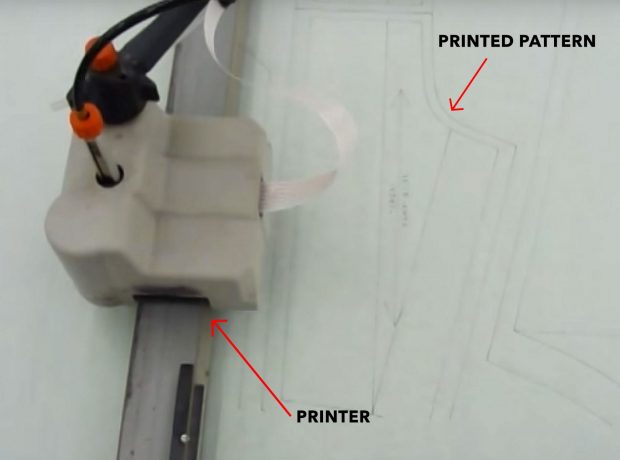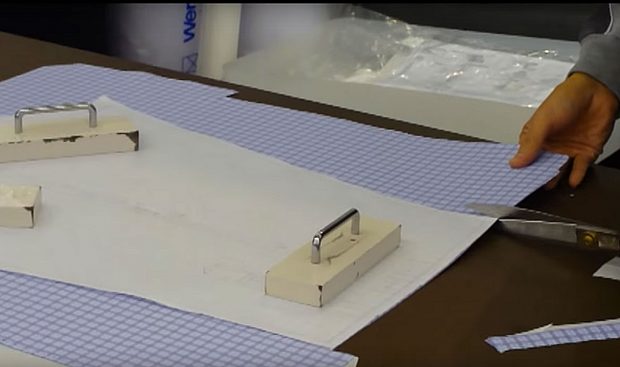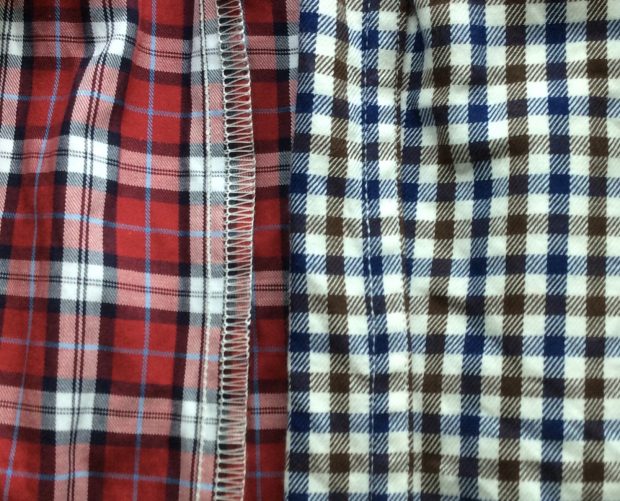Made to Measure Shirts and Bespoke Shirts. What are the differences and why does it matter?
When it comes to a custom dress shirts, you have two options: bespoke and made to measure (MTM). They differ depending on cost, time and construction but either can deliver an exceptional shirt depending on your needs.
Also, bespoke or made to measure shirts allow for an enormous amount of personalization and customization. At the end of day, what you want is a well-made, well-fitting shirt that expresses your personal style. Both bespoke and made to measure can deliver on that promise.
It is important, however, to understand the process and what you want (in detail) out of your shirt. Here are the differences between bespoke and made to measure shirts as you move through the shirt-making process:
SPECIAL PROMOTION: First time Deo Veritas customers can use the code UNFUSED for $25 off their first, made to measure dress shirt.
1. Initial consultation — measurement & styling.
Bespoke:
A true bespoke experience starts with an initial consultation with a master tailor. His main objective is to find out as much as he can about your lifestyle and needs so he can craft a shirt that aligns with your expectations.
He (or his team) will ask a series of questions that will define your customer profile, which will be refined over the lifetime of your relationship.
Once the introductions are out of the way, the tailor or a trained apprentice will measure you at precise points and note them down — either against a body diagram or into a precise list. He will also note down your posture, shoulder shape (square, sloping, or unbalanced), neck pitch, and other factors that could affect fit.
The measurements provided will provide the necessary data to create a pattern cut specifically to your body.
Following their full fit assessment, the tailor will then initiate the discussion around fabric, typically via a series of fabric swatch books, in a variety of patterns and weaves.
Most folks that are new to the process will need careful guidance on what to initially choose. Some fabrics drape better than others (i.e. Jacquards and Twills), and have qualities that could affect the fit.
The staff at the bespoke shop will (read: should) have the experience to recommend suitable fabrics, based on the occasion, your lifestyle, and which are best for a first commission.
After the fabric is chosen, you will have to decide on specific shirt attributes; like collar / cuff style, plackets, pleats, and so on.
Once again, the tailor can help guide you through this process by referencing how you wear your shirts and your lifestyle (for example, casual vs dressy).
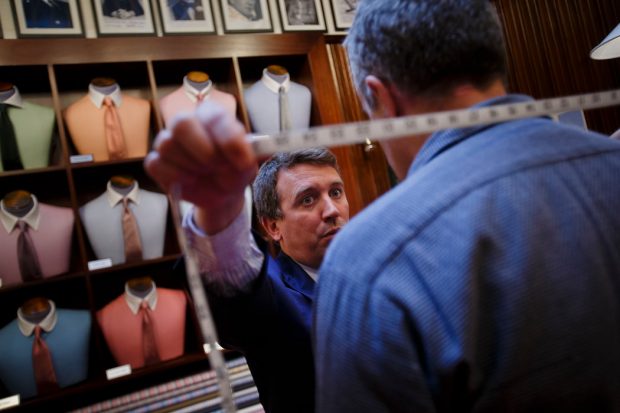
Customer getting measured for a bespoke shirt at Turnbull & Asser in London. Image courtesy of The New York Times.
Made to Measure:
The made to measure shirt process shares a lot of common processes with bespoke, but there are some aspects which are different that should be noted.
First, the initial consultation only exists if you are walking into a local shop and speaking to someone first-hand. If you’re ordering online, you are in fact receiving a made to measure shirt — bespoke is unheard of and in fact — impossible online.
If you are ordering a made to measure shirt online, ensure that there are a number of quality reviews behind the shirt maker and that they have a clear, easy to follow measurement process — as it’s likely you’ll be doing the measurements yourself.
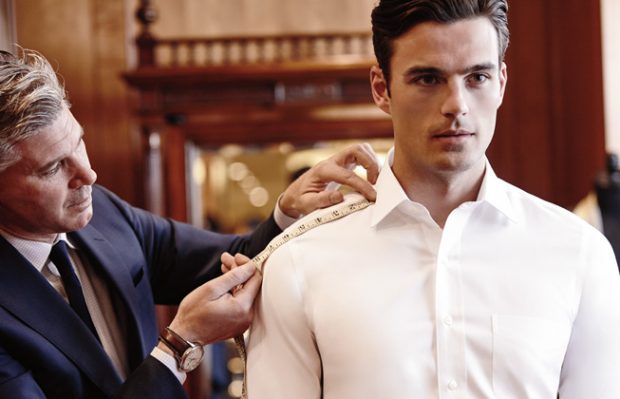
Getting measured in-store for a made to measure shirt. Image courtesy of Brooks Brothers.
Buyers should note that made to measure shirts are almost always sub-contracted out to a cut-make-trim (CMT) facility overseas.
Made to measure shirts are NOT actually made in house. To many first time custom shirt purchasers this is a bit of a shocker. It’s not something the company will typically advertise as the ‘illusion’ of bespoke affords the shop the ability to charge a significantly higher price.
The advantage of an online made to measure shirt maker is obvious; they don’t have the administrative costs associated with downtown rent or employees that come up with a traditional storefront.
Those operational cost savings are typically passed on to the customer resulting in a 20–30% lower retail price.
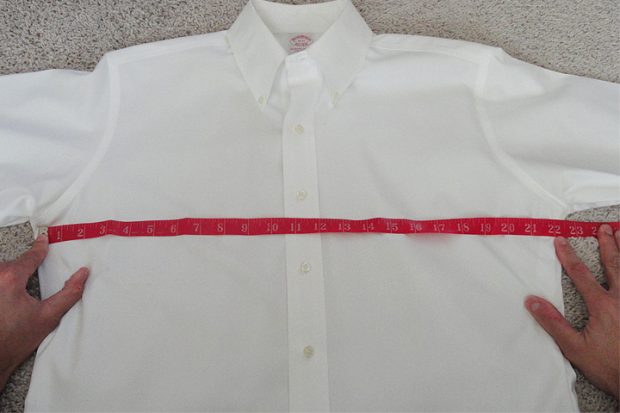
Measuring an existing shirt is one option when ordering online.
The actual measurement process within a storefront should (more or less) be similar to what you’d find with a bespoke shop — albeit in a much quicker fashion. The job of a made to measure shop is volume vs. individual attention.
Made to measure shirt shops will typically see upwards of 20 customers a day whereas a bespoke shop may attend to no more than 5.
Online made to measure dress shirt makers have a different measurement process altogether as the onus is on the customer to capture accurate values for each of the requested areas.
Generally you have three options:
A. Measure yourself via traditional body measurement instructions (helps to have a friend assist);
B. Measure an existing shirt. Some companies will also allow you to send them an existing shirt that they measure for you;
C. Algorithm / predictive sizing systems. The newer online makers even offer fit based on collective user data they’ve collated. The way it works is you provide the site with a handful of answers to common fit questions — such as Height, Weight, Fit Preference, Tuck Preference, Collar Size, etc… These systems are certainly the simplest in that they do not require a measuring tape but have the most risk as you’re relying on predictive estimates vs. actual measurements. Try Deo Veritas’ QSizing method as an example of a system that comes with a perfect fit guarantee.
Most made to measure shirt shops are very busy, so their prerogative is to get a quick decision out of you — meaning the choices they present are typically driven towards volume (sales) — which may / may not be in your best interest.
Online, you have all the time to research fabric and features before finalizing your decision. The drawback however, is not being able to see and feel the fabric.
Customizing collars, cuffs, plackets can be a better, more visual experience online as many web shirt makers offer you a live preview of what the completed shirt will look like.
2. Dress shirt pattern.
Bespoke:
After your measurements have been taken and shirt style selected, a pattern must be created from which your shirt will be first cut out of fabric, and then constructed.
In true bespoke, the pattern maker will create this pattern (by hand) on light, semi-transparent paper. In some cases (depending on the skill of the pattern maker) the pattern is actually drawn freehand (called rock-of-eye).
The pattern is then placed on top of the shirting fabric you chose and will guide the cutter as they hand cut the individual pieces needed to construct your shirt.
This pattern will remain on file, as long as you keep getting shirts made from them, and will be updated as you and your tailor perfect the fit of your shirt.
Once you and your tailor are happy with the fit of the shirt, the pattern can be “locked-in” and subsequent shirts can be made without additional changes.
Made to Measure:
Modern made to measure shirt makers translate provided measurements (e.g. chest, shoulders, sleeve length, etc…) into patterns quickly using computer-aided-design programs (CAD).
The CAD system then prints the pattern specific to your measurement.
Thereafter, the patterns are laid over the fabric and cut to shape as shown below.
3. A guide to fittings for dress shirts.
Bespoke:
Between being measured and receiving your finished shirt is the “try-on”, where you get to test out the shirt before it is completed.
Some bespoke tailors will create a try-on shirt by cutting your pattern out of inexpensive (muslin) cloth to insure the fit is correct. Others will create a ‘try-on’ version of the actual shirting to be used, only lightly assembled by hand (instead of stitched by machine) so it can easily be pulled apart and corrected.
Keep in mind, though, that this fitting is mostly for the tailor, to insure the pattern is dead on. However, you will get a chance to see if the collar style, for instance, suits you and if generally speaking the shirt is fitting as you like. After this, the tailor will adjust the pattern and create your final shirt(s).
There may or may not be a second fitting before the shirt is finalized.
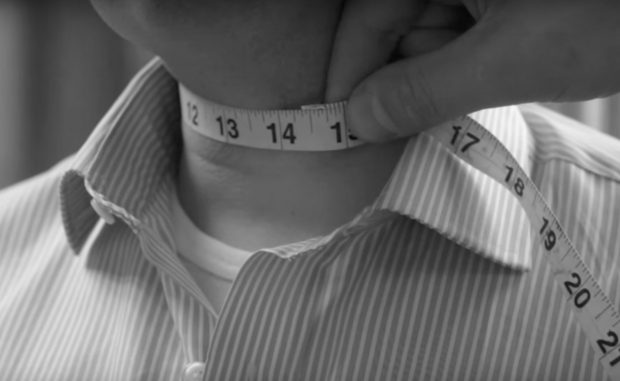
Checking collar fit on a bespoke shirt collar.
Made to Measure:
The made to measure shirt process does not involve ANY intermediate fittings. However, many made to measure makers will offer no fault alterations on the completed shirt to insure an accurate fit — most commonly sleeve length and torso adjustment.
Those who order online requiring alterations will have to these performed by a local tailor or mailed back to shirt maker’s headquarters.

MTM shirts are delivered as a final product, with limited alterations options. Image courtesy of Blue Loafers.
4. Construction of a dress shirt.
Bespoke:
The making of a bespoke shirt can involve a lot of handwork but not always. In some cases, collars are made by hand or attached to the shirt by hand.
Sleeves may be attached by hand or button holes crafted by hand. In rare cases, tailors will offer a fully handmade shirt while others will do most stitching by machine, especially the long seams down the sides of the shirt and sleeves. It depends on the tailor and your preferences.
As mentioned previously, the pattern itself is likely hand drawn vs. electronically printed.
Made to Measure:
As most makers offer a quicker turnaround time, handwork will be at a minimum unless the maker has specifically called it out in their offering.
Keep in mind, however, that handwork is not necessarily superior to machine stitching — it comes down to personal preference and an appreciation for craftsmanship — but not quality or durability. Almost all online makers will provide you with a special requests section to state your needs and wants, over and above their selection criteria.
One thing to look for — ensure that the inner stitching (affixing the torso pieces) is single needle stitched vs. lock stitched. A lock stitch will have a zig-zag like pattern and is very loosely affixed — resulting in a shirt that is likely to come undone over time.
Bespoke and Made to Measure shirts: Does picking one over the other matter?
One of the biggest differences between bespoke and made to measure shirts is cost — the former being much more expensive than the latter. While a superior bespoke shirt is typically better than a made to measure shirt, excellent made to measureis far and away better than poor bespoke. What matters is getting a well-made, great fitting shirt.

